On May 18th, Pudgy Penguins announced the launch of Pudgy Toys and Pudgy World. Pudgy Toys is its first community-supported marketplace product, and each toy can be digitally experienced on its website. Pudgy World offers a very quick digital experience, and users only need an email to register for a blockchain wallet. Users can dress up their favorite penguins on the website. There are a total of six Pudgy Toys, ranging in price from a few dollars to over twenty dollars. They are sold online through Amazon and offline through partnerships with PMIToys and RetailMonster. Each toy contains a birth certificate, which is a QR code linked to the Pudgy World website. Users can unlock unique features in Pudgy World by scanning the QR code and logging in. Each toy can unlock four to six features. The holder can decorate these features on their Forever Pudgy Penguin and also buy and sell these features on the feature trading market, which is supported by @OriginProtocol. After dressing up their Forever Pudgy Penguin to their satisfaction, users can choose to Mint. The Minting process is to mint it as a soul-bound NFT (i.e. SBT) on the blockchain, and the entire process is 0 gas. The on-chain technology is supported by Polygon.
After PudgyToys were launched on Amazon on May 18th, more than 20,000 were sold in two days, with sales exceeding $500,000.
- The main source of income for IP-derived goods is the sale of goods. These brands achieve profitability by selling various related goods (e.g. toys, clothing, books, etc.). Goods are usually associated with brand image and storylines, which can attract consumers’ interests and purchasing desires.
- These brands are primarily aimed at children. This positioning helps promote consumer behavior across different age groups, thus expanding the brand’s market size and influence.
- The long-term operation of IP is based on the emotional utility between users and IP. The core value of these brands is emotional utility, not economic drive. This means that these brands attract consumers through emotional resonance and identification, rather than promoting consumer behavior through financial incentives or other economic drives. This emotional utility can help brands establish deeper connections and loyalty, thus achieving longer-term profitability and development.
What do top IPs have in common, and what can NFTs learn from them?
The main source of income for IP-derived goods is the sale of goods. These brands achieve profitability by selling various related goods (e.g. toys, clothing, books, etc.). Goods are usually associated with brand image and storylines, which can attract consumers’ interests and purchasing desires. These brands are primarily aimed at children. This positioning helps promote consumer behavior across different age groups, thus expanding the brand’s market size and influence. The long-term operation of IP is based on the emotional utility between users and IP. The core value of these brands is emotional utility, not economic drive. This means that these brands attract consumers through emotional resonance and identification, rather than promoting consumer behavior through financial incentives or other economic drives. This emotional utility can help brands establish deeper connections and loyalty, thus achieving longer-term profitability and development.

- Deep Dive into BRC20: Possibilities of Success and Failure for Newborns on the BTC Network
- Overview of the latest cohort of selected projects for Outlier Ventures’ DeFi Base Camp accelerator
- Big Chinese brands are quietly issuing NFTs overseas
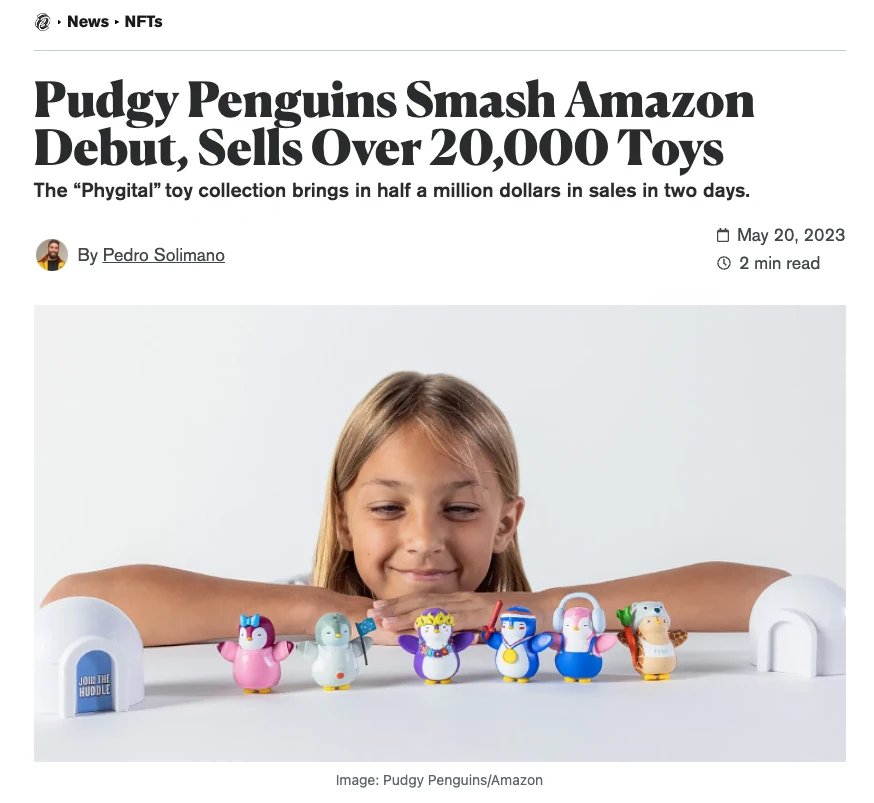
Today’s most successful intellectual property brands, such as Disney, DC Comics, and Yu-Gi-Oh!, all started with simple media forms, such as animated movies, comics, and card games.
At the same time, the amount of money spent on IP/entertainment each year reaches trillions of US dollars. People have a very high demand for this kind of consumption, which may stem from their love and pursuit of animated characters and storylines, as well as their desire to buy related products and peripherals.
With the development of blockchain technology and NFTs, new intellectual property brands will emerge in the future, creating markets worth billions of dollars. Therefore, we have reason to believe that the NFT IP era will create giant intellectual property brands in the future.
The advantages of operating IP in Web3
- Operating an IP in Web3 is easier than traditional IP. Storytellers and artists can create intellectual property brands from scratch without facing the high costs and lengthy startup times of the traditional intellectual property ecosystem. In comparison, NFT IP can be released within a few days through low-cost issuance tools (such as Manifold, Fair, and OpenSea) at a cost of up to $1,000. This gives independent artists and teams the opportunity to participate in the creation of intellectual property brands, and ordinary people can also have relatively equal opportunities.
- With a more streamlined initial intellectual property brand creation process, the brand can focus more on the construction of the story and narrative. By reducing the time spent building the product, the team can execute more community building, and community members are more motivated to provide feedback and attract market attention because they own IP ownership and corresponding revenue. This enables community members to better participate in and shape the direction and development of intellectual property brands, and can earn more revenue.
- After the project is successfully released, they can expect to reinvest resources in other content verticals (merchandise, toys, movies, animation, games, comics, etc.), which we call minimum IP development.
The business model and IP authorization innovation of Pudgy Penguins
- Through using emojis, videos, and other popular promotions aimed at the younger generation on platforms like Tiktok and Instagram, they promote their NFT IP brand. It is worth noting that they did not mention “encryption” or “NFT” when promoting, which effectively avoided some users’ unfamiliarity and distrust of these technologies and concepts, thereby increasing user engagement and attracting a broader user base.
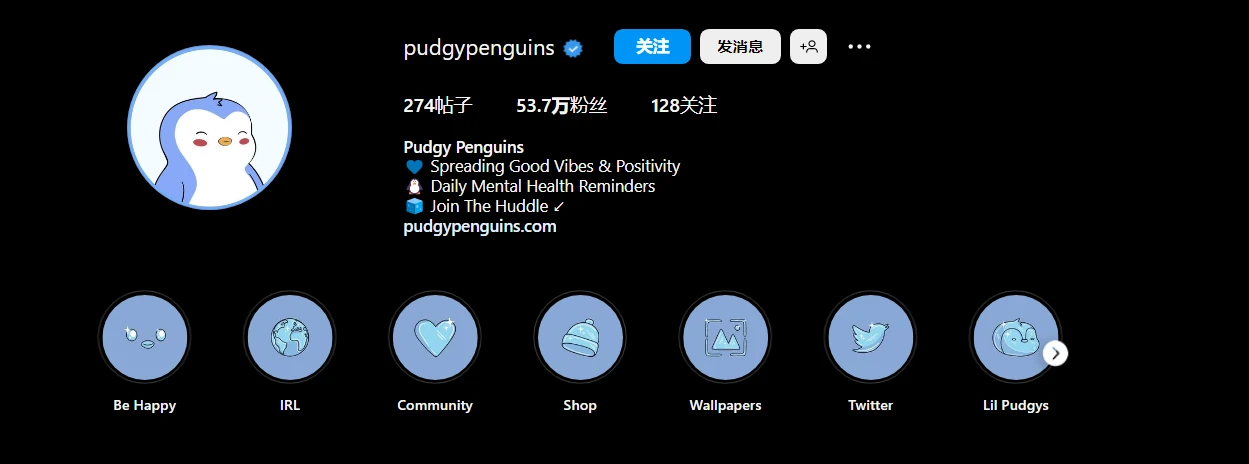
- Sales of IP derivative products ensure sustainable project revenue, expand the consumer base, and to some extent, end the zero-sum game of Web3’s current scramble for existing resources.
- Coordinate authorization agreements with community holders. Of the 16 penguin figures in the released toy collection, over 10 figures were sourced from holders within the community. The project team will pay these holders a signing fee in advance, and subsequently, toy sales revenue will be linked to the corresponding NFT number via a certain percentage.
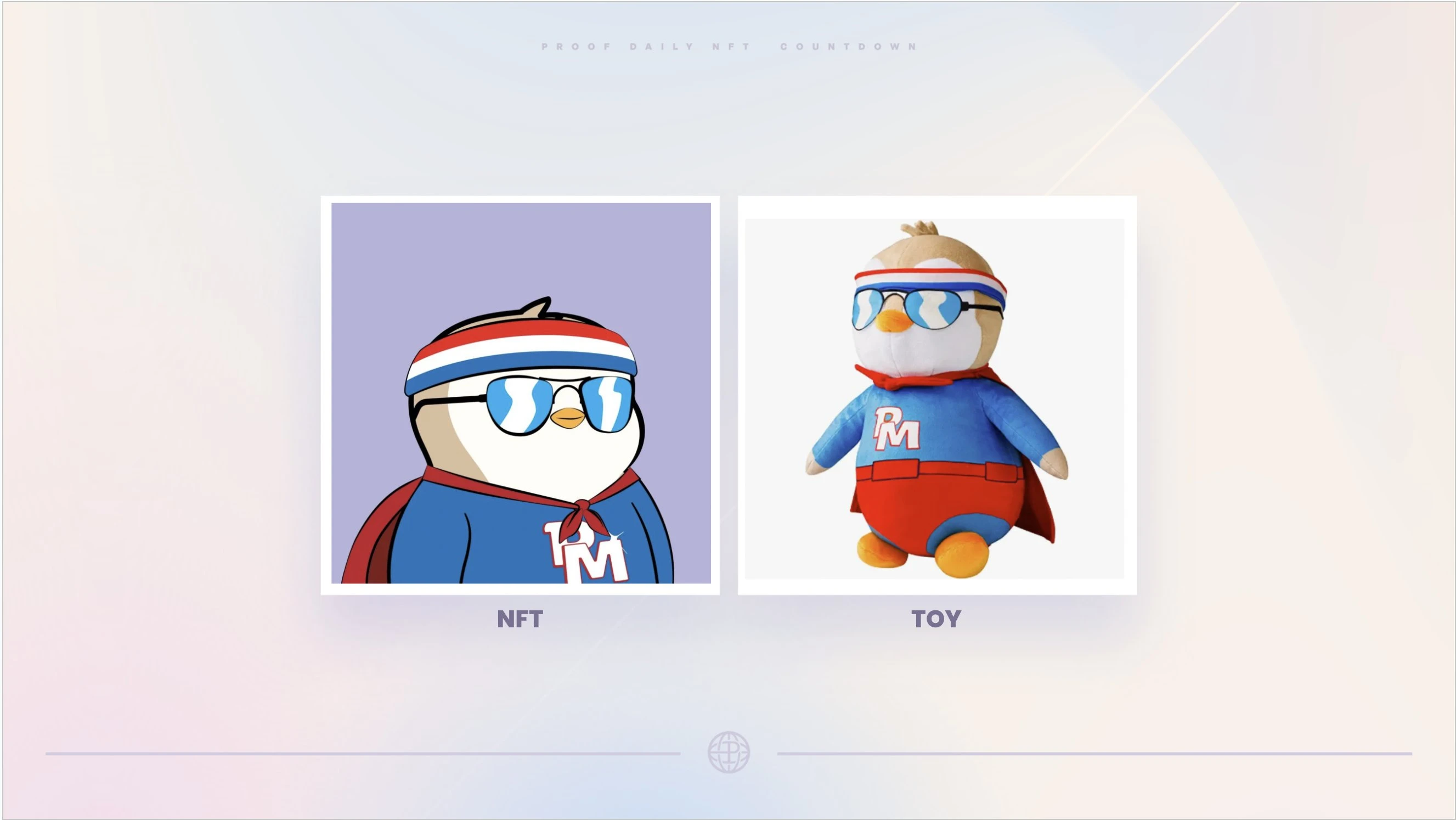
- For most holders, their authorized penguin figures are used for promotion on social media platforms, such as emojis, short videos, and GIFs on Instagram.
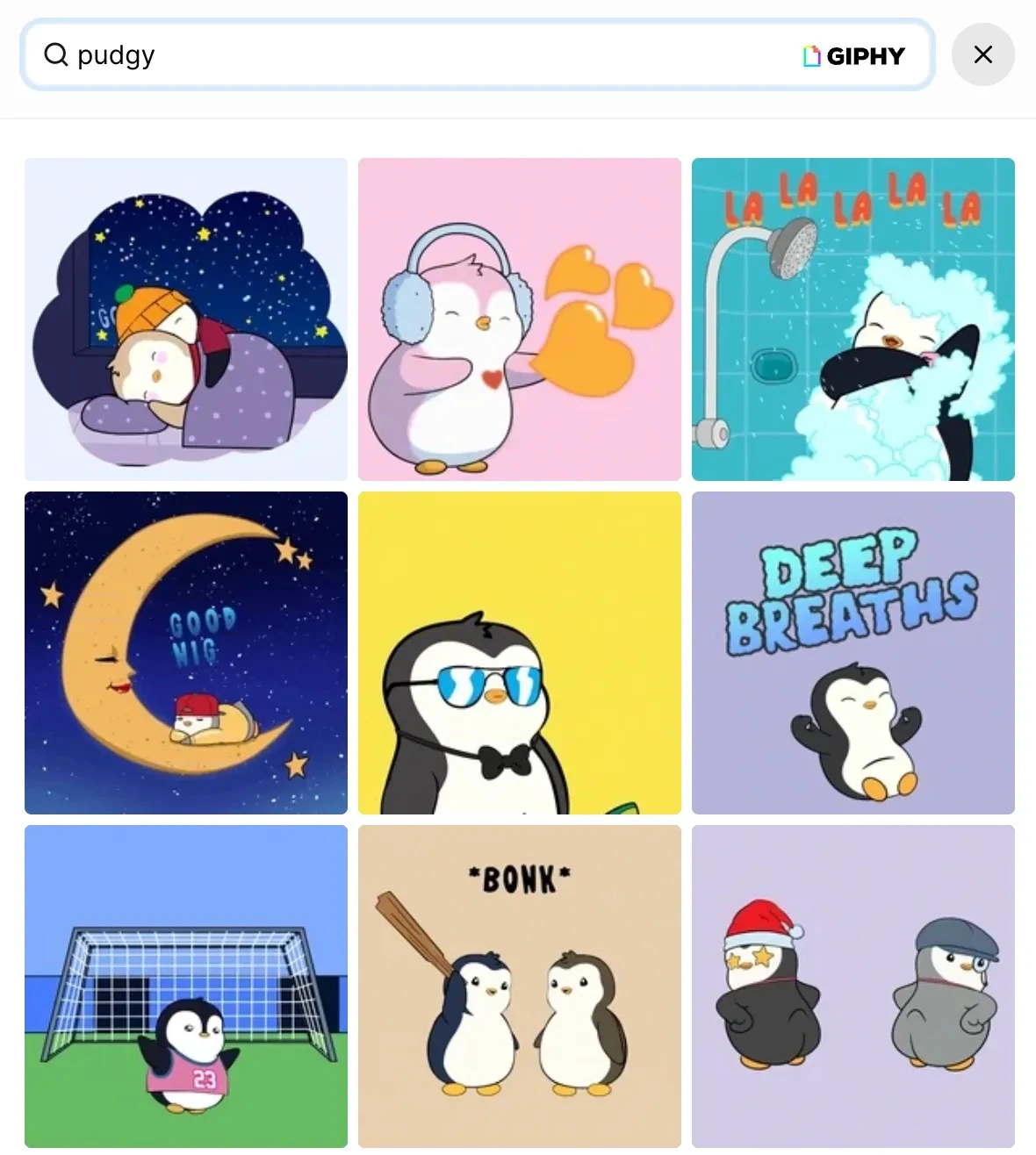
- Pudgy Penguins may launch a brand-new productized IP solution: OverBlockings (details currently undisclosed).
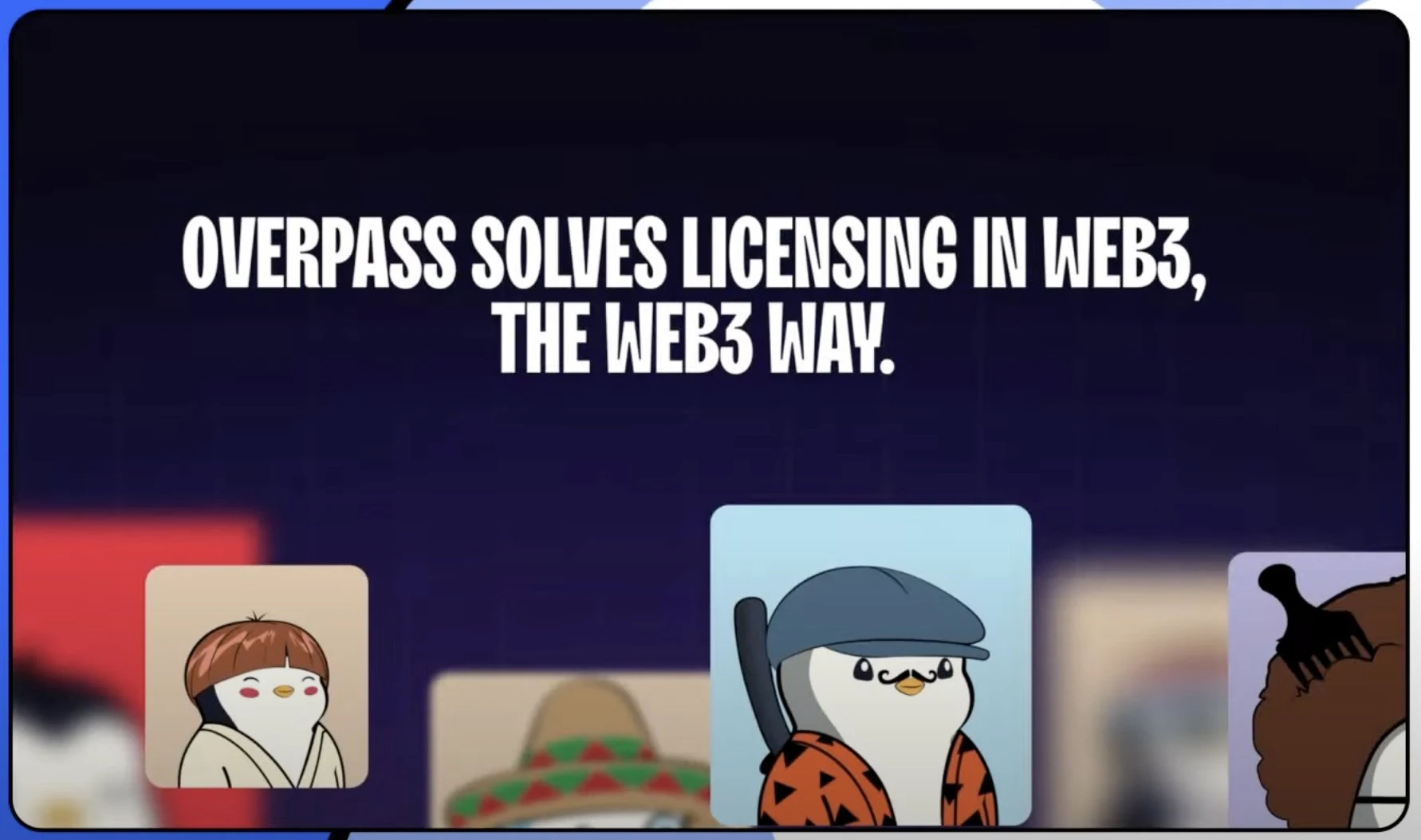
Pudgy Penguins is dedicated to creating digital experiences based on the unique properties of cryptocurrencies and abstracting the complexity of UI/UX as much as possible. Pudgy Penguins hopes to allow even those who are completely unfamiliar with blockchain technology and concepts to participate in the world of blockchain by providing easy-to-use digital experiences.
Currently, Pudgy Penguins has made initial progress in IP operations, and we look forward to more actions from Pudgy Penguins in the future. We also look forward to NFT IP becoming a breakthrough for Web3 to attract tens of millions of users.
Like what you're reading? Subscribe to our top stories.
We will continue to update Gambling Chain; if you have any questions or suggestions, please contact us!